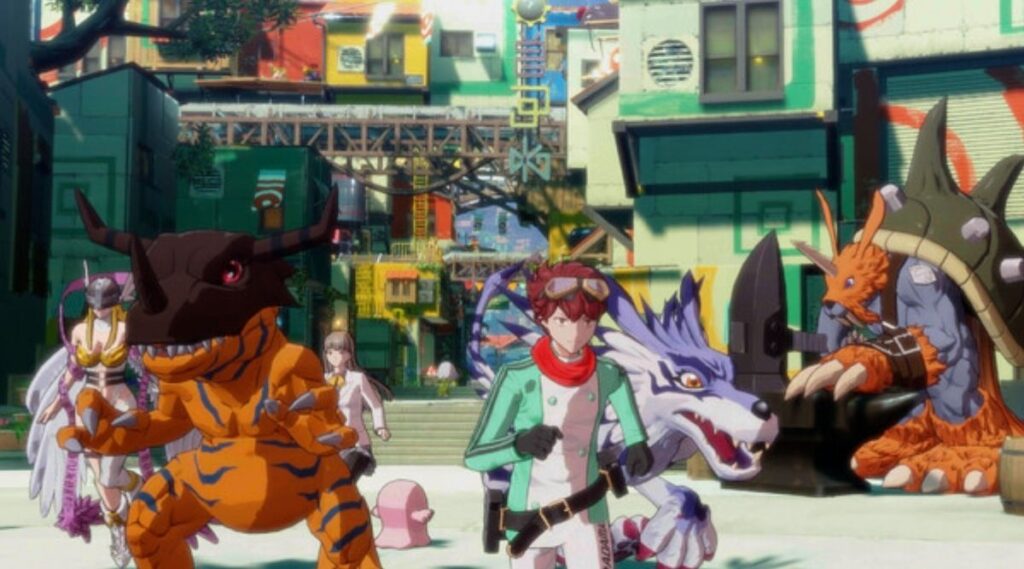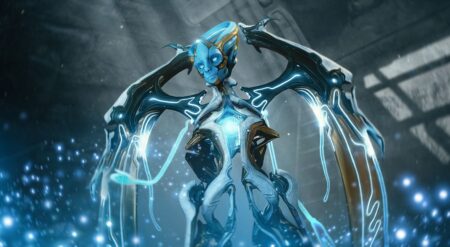At this year’s PAX West, I had the opportunity to go hands-on with developer Media.Vision’s latest title, Digimon Story Time Stranger. The latest Bandai Namco-published RPG based on everyone’s favorite digital monsters showcases tactical turn-based battles and the ability to fine-tune your squad of Digimon to handle any situation. After several hours with the game, I’m excited to build my own squad of Digimon and see where the adventure takes us.
The first stretch of our time with the game started at the beginning, appropriately enough. After choosing a male or female protagonist, we were treated to a fun cartoony intro. It was quickly revealed to be just that: the intro for a cartoon based on our secret organization’s exploits, including taking down Digimon resembling the Loch Ness monster and Bigfoot, among others. In reality, we’re playing the role of an agent for the aforementioned organization in a modern city.
Shortly after establishing our role and setting, a nearby commotion spurs our hero into action. Our first task is investigating the giant wall that sealed away part of the city after an incident eight years prior. Soon after a jaunt into some underground tunnels and close encounters with Digimon, we had the chance to pick our first partner Digimon. My options were Patamon, Gomamon, and Demidevimon, so naturally, I had to choose Demidevimon, the little winged ball of evil.
Digimon Story Time Stranger has a huge number of Digimon to collect and meet.
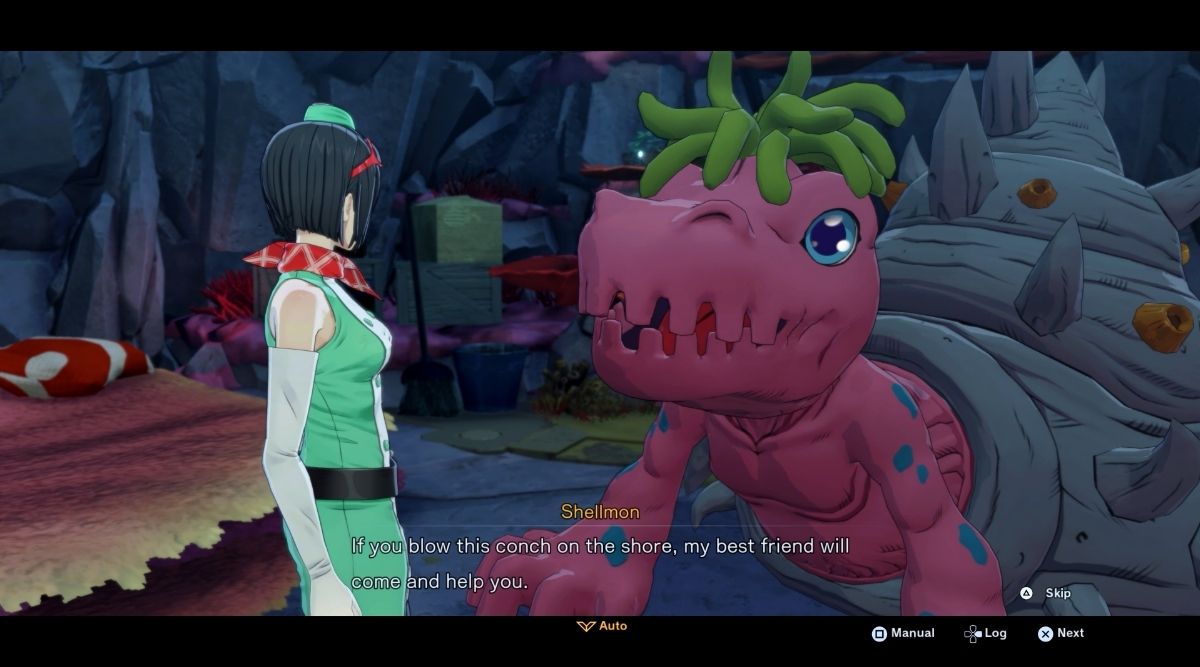
After a brief introduction to the different types of Digimon and the types of damage they can deal, we jumped into action. We explored the tunnels, defeating Digimon along the way in turn-based battles, and slowly growing our squad. Unlike in other monster capture games, Digimon Story Time Stranger allows you to add Digimon to your collection by simply defeating enemy Digimon.
You automatically gather their data upon defeating them, and when you reach 100% data, you can convert them into a living, breathing Digimon. You can also wait until the data reaches 200%, granting stronger starting stats, but for stronger Digimon, this can be an arduous process. Rookie-stage Digimon provide much more data per defeat than their stronger Champion or even Ultimate-stage counterparts, making it more tempting to simply convert the Digimon’s data at 100%.
If the prospect of grinding battles for stronger Digimon doesn’t sound like fun, you can also Digivolve your own Baby or Rookie-stage Digimon to their stronger forms. This isn’t a linear process, however, since each Digimon can potentially transform into several different Digimon in the next stage. This largely depends on their level and stats, meaning you can micromanage your Digimon to unlock a specific Digivolution.
These transformations, unlike in the Digimon anime, are not temporary, meaning you won’t have to spend each battle powering up your Digimon. You can, however, send a Digimon back to the previous stage if you want, giving you the chance to Digivolve it into a different creature the next time around.
Combine elements to maximize damage in battle.
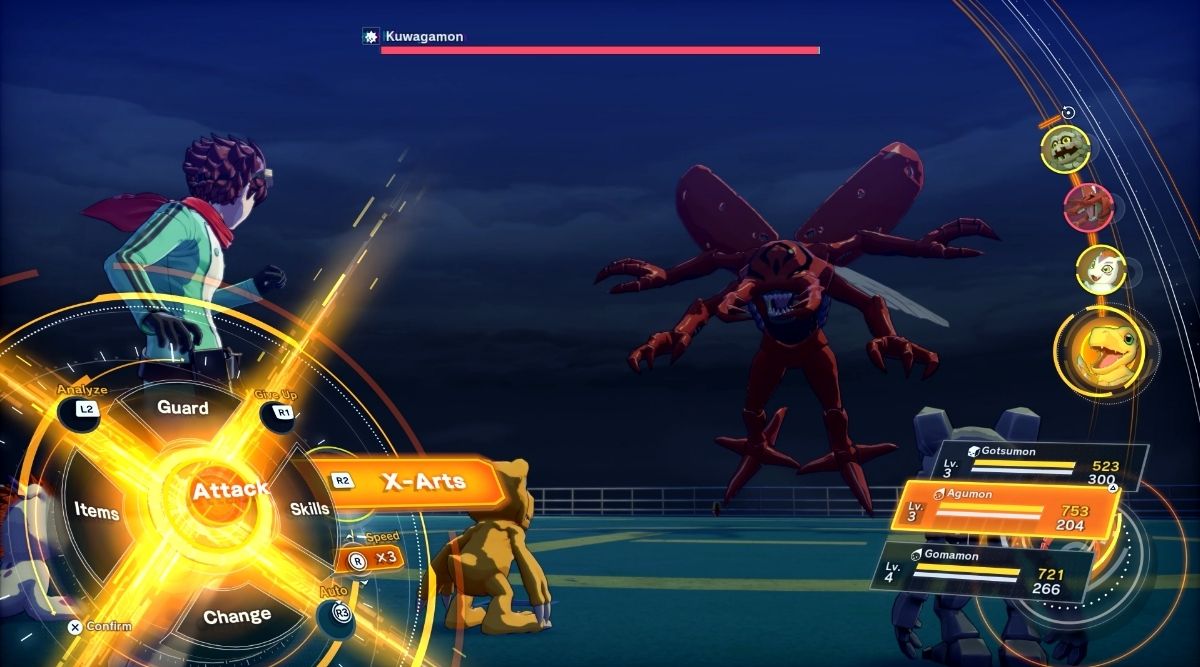
As mentioned before, you can fine-tune your Digimon’s stats to ensure it fills a role in your squad. Their personality affects which stats grow more quickly, as well as gives them a unique passive skill, but this personality isn’t set in stone. Chatting with your Digimon gives you the chance to guide them to another personality type, allowing their growth to change paths.
Additionally, there are consumable items you can use to permanently upgrade one of their stats, and you can also equip each Digimon with two equipment items, whose effects range from raising Attack or Health to raising their elemental resistances.
On the subject of elements, each Digimon has at least one elemental weakness. If you find yourself with a squad lacking in Ice or Dark attacks, you can equip some abilities to your Digimon, further making up for their strategic weaknesses. Vaccine, Data, and Virus-type Digimon also have their own rock, paper, scissors triangle of effectiveness against each other.
Combining an effective elemental ability from an effective type Digimon causes their attack to deal triple damage, which feels rewarding when you bring the right Digimon to the fight. There are four other Digimon types, but they don’t have a weakness or strength against the others.
Digimon Story Time Stranger includes lots of options to speed up battles.
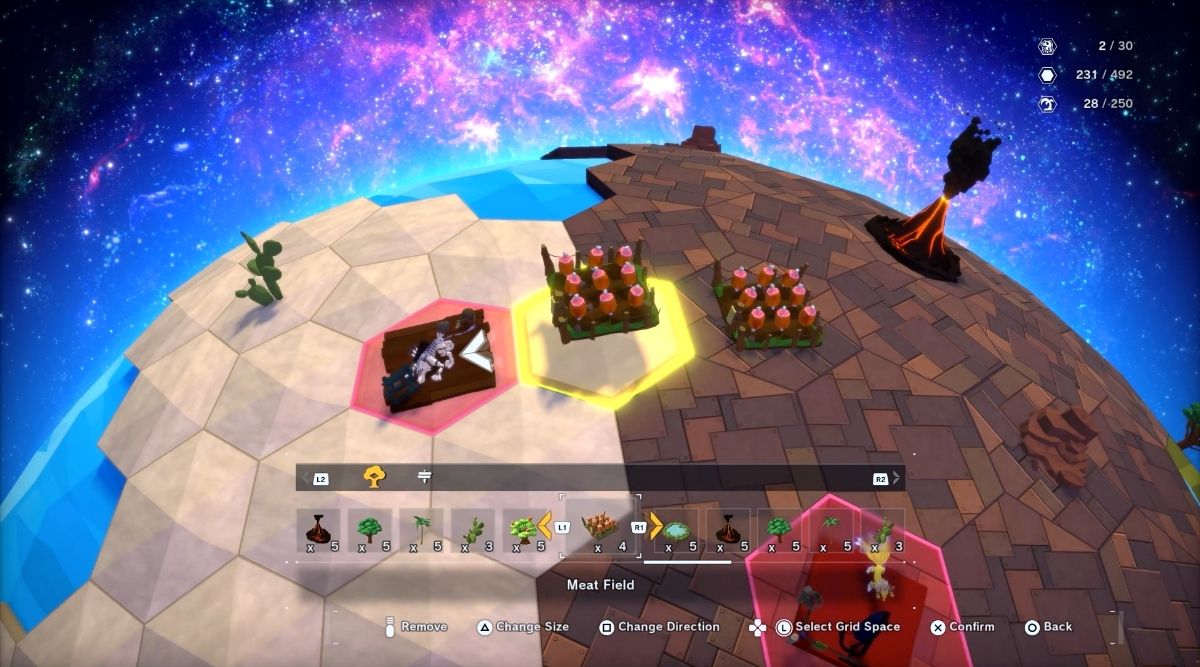
Your squad is made up of six Digimon, with three active combatants and three waiting in the wings to jump in. Your squad can also be accompanied by a Guest Digimon, who can help in combat. It’s wise to bring a combination of Digimon types capable of using many elements, but in the heat of battle, you never want to waste a turn just to swap a Digimon into the fight.
Thankfully, Digimon Story Time Stranger respects this decision-making and doesn’t punish you for it. Your party swaps don’t take up your turn, and neither does using an item. This allows players to focus more on making effective strategic decisions instead of grappling with the rules of an unfair combat system.
In the interest of saving you time, the game also allows you to speed up combat, outright skipping special attack animations at the highest setting, five times normal speed. You can also activate auto-battle, though this isn’t recommended against any sort of special fights, like against boss Digimon. Ultimately, it seems like Digimon Story Time Stranger wants players to enjoy playing through the story and building their team instead of grinding for hours to get the data or levels they need.
Digimon Story Time Stranger’s story contains lots of threads that will be exciting to follow.
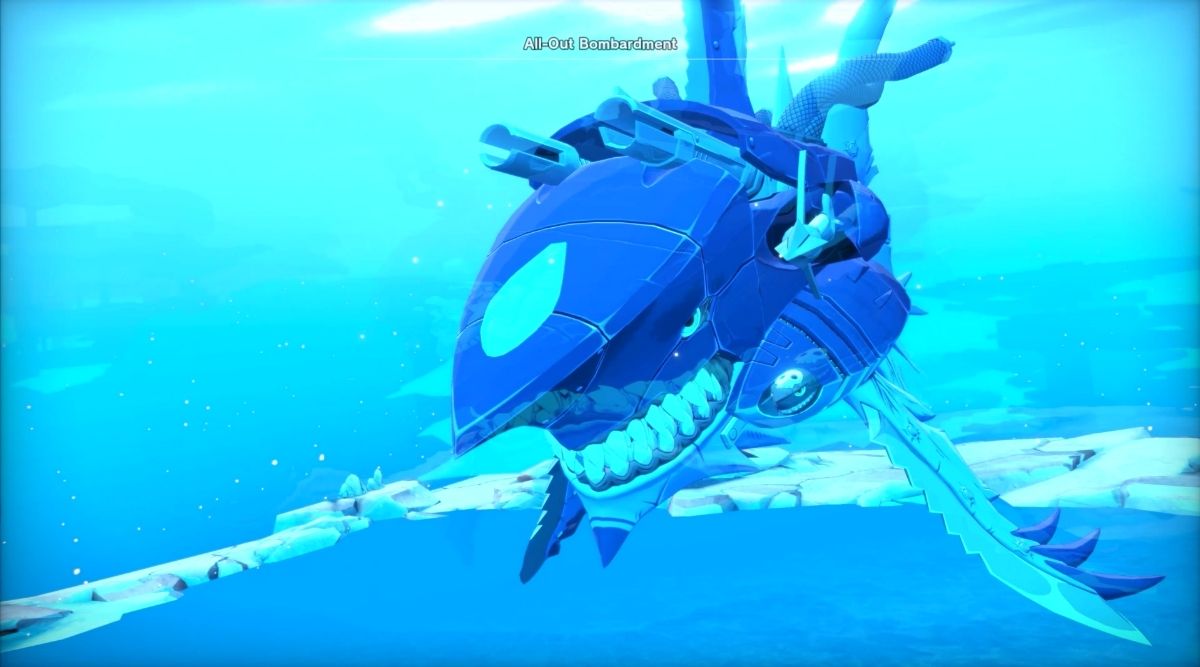
Speaking of the story, once the party made it out of the tunnels, we were inside the area of the city that was sealed off by the wall. What remained looked like a bomb had gone off, with the ruined shells of buildings stretching across the land. With a mysterious companion, we were urged to head to the roof of one of the buildings, where we fought a powerful Digimon and were faced with a blinding flash of light.
Next, our protagonist found themselves in a completely new area with a trio of Digimon interrogating their sudden appearance. After some back and forth, a sinister figure appeared and attempted to steal an egg that the Digimon were guarding. Our protagonist intervened, but the egg fell to the floor, seemingly shattering and spiriting the protagonist away yet again.
This time, he woke up in a modern-day park. The implication was that we were flung eight years into the past. Shortly after this scene, our time with the game’s intro was complete. As a sucker for time travel stories, Digimon Story Time Stranger already introduced several threads I want to follow, but that will have to wait until the full release.

Next, we were thrown into a section several hours into the game with a large roster of Digimon, many of which I recognized from the various anime, like Greymon, Kabuterimon, and even Digimon Frontier’s Agunimon. After playing around with my roster, even testing which Digimon I could ride upon, I finally began to explore the area. We were in an oceanic zone known as Abyss Area, with coral growing all around and narrow walkable strips of rock connecting various points of interest.
Since there weren’t many hostile Digimon, I headed straight for my objective, a home where the village healer, Shellmon, lives. We were meant to deliver an item to her to help her heal someone. The monster that needed healing was actually one of the Digimon that had previously attacked their village, Divermon. He got hurt in the battle, and she couldn’t simply allow him to die. Hearing all this, Divermon decided he would attempt to broker peace between his leader, Sharkmon, and the village.
Divermon joined the party as an uncontrollable ally, and we set off for his group’s underwater lair, which served as a type of dungeon. We descended down various paths and some currents, fighting Digimon along the way, until we reached the entrance to Sharkmon’s lair. Unfortunately, the water current was too strong for us, so we’d have to descend deeper into the lair to ask one of Divermon’s friends for help.
When we reached the deepest section of the lair, Divermon left the party, claiming he’d go get his friend to help us. Of course, as soon as he left, we were attacked by wave after wave of enemies. There was some speculation that Divermon had betrayed us, but he reappeared in the nick of time with his powerful friend, Submarimon.
Strategic planning is a satisfying element of battle in Digimon Story Time Stranger.
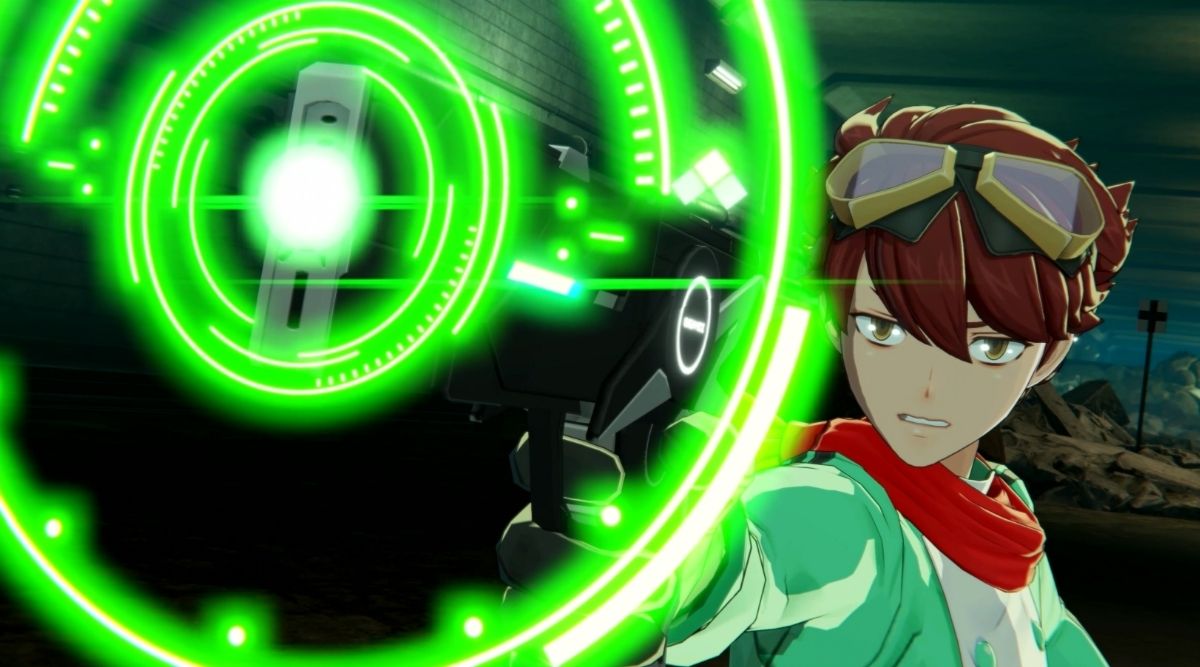
Now, with Submarimon’s help, we could swim through the current leading to Sharkmon’s lair and confront the Digimon, asking him to cease his attack on the village above. While he seemed to empathize at first, he quickly revealed his true colors and attacked the squad.
At this point, I realized that in my effort to bring along the Digimon that I recognized from the anime, I had neglected to build a well-rounded team. Specifically, I was lacking many Vaccine-type Digimon to deal lots of bonus damage to the boss. Luckily, I had brought one along, and one of their attacks was super effective, making them the star of the show with triple damage attacks.
Halfway through the battle, the boss started preparing a special attack, at which point we were instructed to attack his weak spot in an attempt to stun him and prevent the attack from firing. Thankfully, we were able to keep everyone alive thanks to the free item use each turn, and after a few minutes (at five-times speed), the battle was won, bringing my time in the Abyss and the demo to a close.
I can’t wait to solve the mystery of what happened eight years ago and how it involves our protagonist. And with over 400 Digimon in the game, and with plenty of opportunities for strategic planning, there is plenty to dig into, storytelling aside. Whether the rest of the game will maintain the quality we saw remains to be seen, but my time with Digimon Story Time Stranger has made me a believer.

